Could $150bn pandemic cash splash have been better spent?
As the health crisis and recession disappear, the cold, hard legacy of colossal debt will emerge.
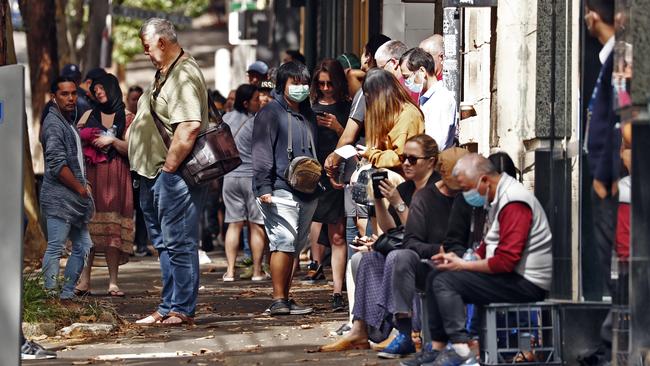
As a third wave of COVID-19 infections rolls across Europe, Australia is in the relatively luxurious position of few cases, virtually zero community transmission and a V-shaped economic recovery in which all of the jobs lost at the height of the pandemic were regained by last month.
By the close of last year, national output was only 1.1 per cent smaller than it was a year earlier — an astounding outcome after real gross domestic product plunged by 7 per cent across the three months to June.
The rollout of the vaccine, while perhaps slower than some would have liked, continues apace, and Australians now can look forward to a near future in which the population has achieved a level of immunity that foreshadows a return to something more closely resembling pre-pandemic life.
With the recovery looking bumpy but largely secured, new analysis emerged that perhaps some of the $150bn thrown at the crisis, in retrospect, could have been better spent.
The budget update in July last year provided the first painful glimpse of the ultimate cost to taxpayers of “building a bridge” to the other side of the pandemic.
Speaking after unveiling hundreds of billions of dollars of additional debt, Mathias Cormann, the finance minister at the time, defended the explosion in debt and deficits.
As research from PwC suggested, the budget would not be balanced until 2040 at the earliest, Cormann, standing alongside Josh Frydenberg, was defiant. “In the circumstances, what was the alternative?” he asked the assembled press pack. “Are you suggesting that we shouldn’t have provided the support we did to boost our health system, to protect jobs, to protect livelihoods?”
The rhetoric was clear: you simply can’t spend too much at a time such as this. A marked change from traditional Coalition budget politics, but a needed one.
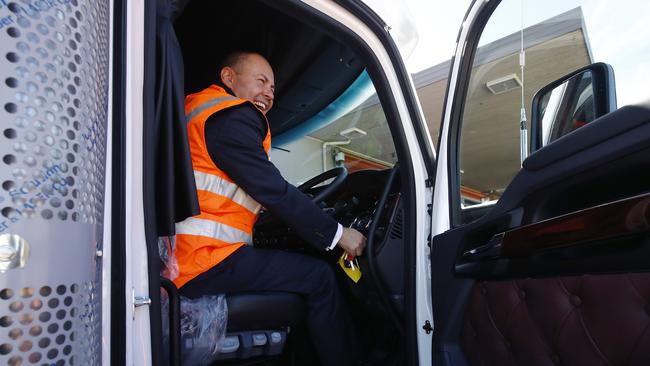
A recent update from the independent parliamentary budget watchdog contained the latest reckoning of just how much will be spent battling the pandemic. Australian federal, state and local governments are expected to spend $327bn across the five years to 2024, paid for by a tripling in the combined net debt burden to nearly $1.3 trillion.
The centrepiece of the Morrison government’s response package has been the JobKeeper wage subsidy package, which passed through parliament unopposed on April 8 last year — nine days after it was announced.
Eligible businesses in the first phase of the program — which paid up to $1500 a fortnight to full-time workers — needed only to say they expected revenue to be down 30 per cent or more as a result of the pandemic. Firms received their first payments in the first week of May — a triumph of bureaucratic achievement, most notably by Treasury and the Australian Taxation Office.
The extraordinary and innovative scheme expires this weekend. There will be pain. Treasury revealed this past week that it expected up to 150,000 jobs could be lost and that 110,000 businesses looked vulnerable.
Still, given the transformed economic outlook now compared with when JobKeeper was announced, in the aggregate the scheme will likely end not with a bang but with a whimper.
At an estimated cost of $90bn, the biggest single fiscal package in the country’s history has been credited with saving 700,000 jobs, based on Treasury estimates, and — alongside a doubling in the dole and other measures such as one-off handouts to businesses and households — with pulling the economy back from the brink.
But as the pandemic and recession disappear, the cold, hard legacy of decades of deficits and colossal debt will emerge.
There are already obvious and grievous examples of JobKeeper money going to feather executive bonuses and shareholder dividends. An Ownership Matters report found that $1 in every $5 of JobKeeper given to ASX-listed companies went to businesses that recorded a lift in profits. The amount paid to these firms was $284m — a drop in the ocean of the total cost of the program.
But with such high-profile cases making headlines, further questions inevitably will be asked: was this just the tip of the iceberg? Did we spend too much, or could the tens of billions been better targeted? Worse: how much was wasted? Even more important: what will we do differently next time?
Like all economists who spoke with The Australian, AlphaBeta director Andrew Charlton says the government and Treasury deserve some leniency in the context of a once-in-a-century pandemic that threatened an economic blow equivalent in scale to the Depression. “We can’t expect them to land a golf ball on a lily pad, it was reasonable to spend a little bit more and chalk it up as an insurance policy,” he says.
Analysis by Charlton, based on Treasury’s research, suggests $3 in every $4 of JobKeeper payments went to subsidising businesses. Only $22.5bn of the estimated $90bn went to paying the wages of workers, by replacing the incomes of those who otherwise would have lost their jobs or topping up the earnings of those who were earning less than the fortnightly subsidy.
Nonetheless, Treasury’s July report concluded that the wage subsidy had “met its initial objectives: to support business and job survival, preserve employment relationships, and provide needed income support”.
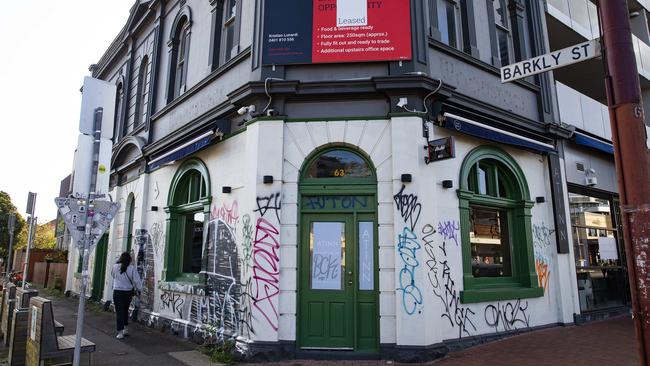
Treasury has defended potential excess payments through the emergency support measures as needed economic stimulus, suggesting a win-win scenario where every dollar spent ends up progressing the national interest.
The question, Charlton reckons, is whether the money could have been better spent on other, more targeted and effective stimulus measures, such as social housing or other investments that would have created activity and left the country with long-term assets. It wasn’t just JobKeeper. Charlton estimates 53 per cent of the $36.4bn in payments from the special early release of superannuation was used for reasons other than for its stated policy purpose — alleviating hardship associated with the pandemic.
The $550 a fortnight JobSeeker coronavirus supplement also was a staggeringly generous measure. The doubling of the unemployment benefits lifted 2.2 million Australians out of poverty, according to research from the Australian National University’s Centre for Social Research. For a brief few months, poverty was virtually eradicated in this country.
Of course, that meant a lot of those COVID supplement payments went not to just the newly jobless as a result of our first recession in close to three decades. Indeed, Department of Social Services figures provided to The Weekend Australian show that out of the $17.7bn paid through the supplement to the end of last year, $10.9bn — or more than 60 per cent — was paid to people who already were unemployed before the pandemic hit.
As Charlton, a former economic adviser to Kevin Rudd during the global financial criss, says, context is important when passing judgment.
In February last year health professionals were warning that every Australian would end up contracting COVID-19. Frightening charts showing predicted exponential growth in case numbers were bandied about. The world seemed on the edge of a precipice.
In a speech in early November last year titled Policy and the Evolution of Uncertainty, Treasury secretary Steven Kennedy revealed the dire scenarios being contemplated in the initial phases of the pandemic. “Falls in GDP of around 20 per cent were being seriously contemplated,” he said.
The largest single measure matched with the fastest design and delivery was never going to produce nuanced policy. But as it became clear the national shutdown had tamed the spread of the pandemic, it was growing equally evident that a recovery was on. Scott Morrison began talking about a “snapback”.
When a second wave tipped Melbourne into lockdown in early July — 111 days of severe restrictions that weighed on Victorians’ livelihoods and mental health — the opposition used “snapback” as a cudgel to bash the government’s Panglossian world view. The Prime Minister swiftly abandoned the rhetoric. But, in retrospect, snapback is exactly what the economy has experienced.
At a National Press Club speech following the July budget update, the Treasurer joked that — adopting Cormann’s deep, Belgian accent — that the then finance minister usually said no to requests for new spending. This time had been different: every request had been met with (that voice again) a yes.
The Morrison government was given a blank cheque, and it used it. Whether the government could have used it better will become a defining question as the next generation of workers picks up the tab.


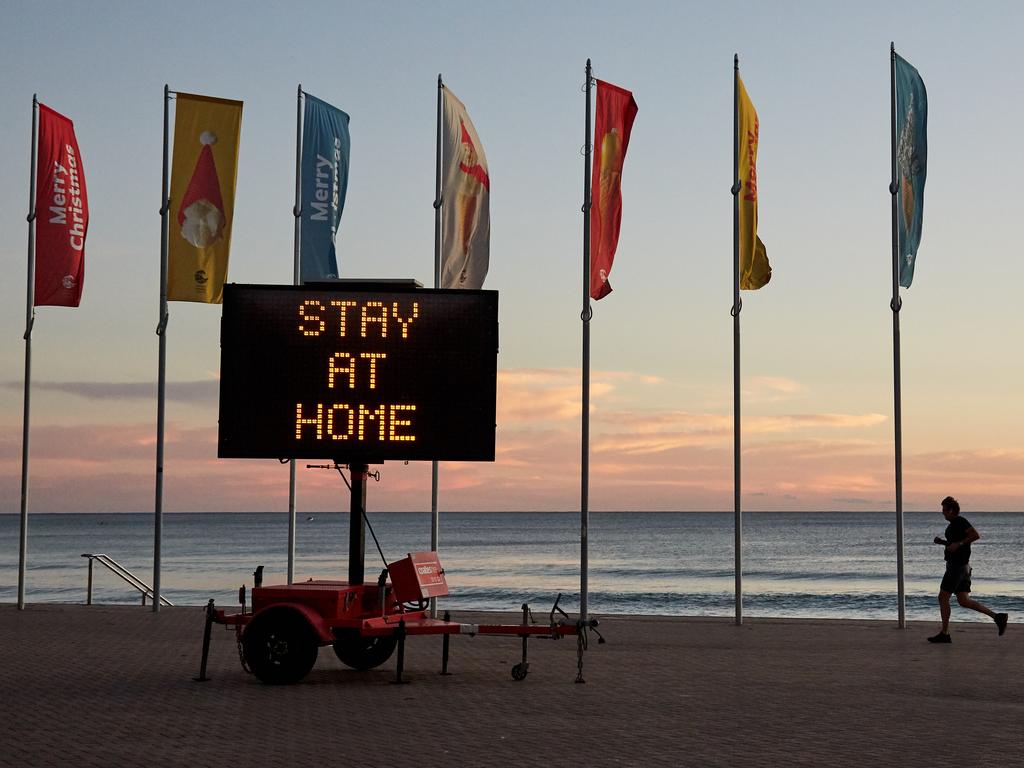
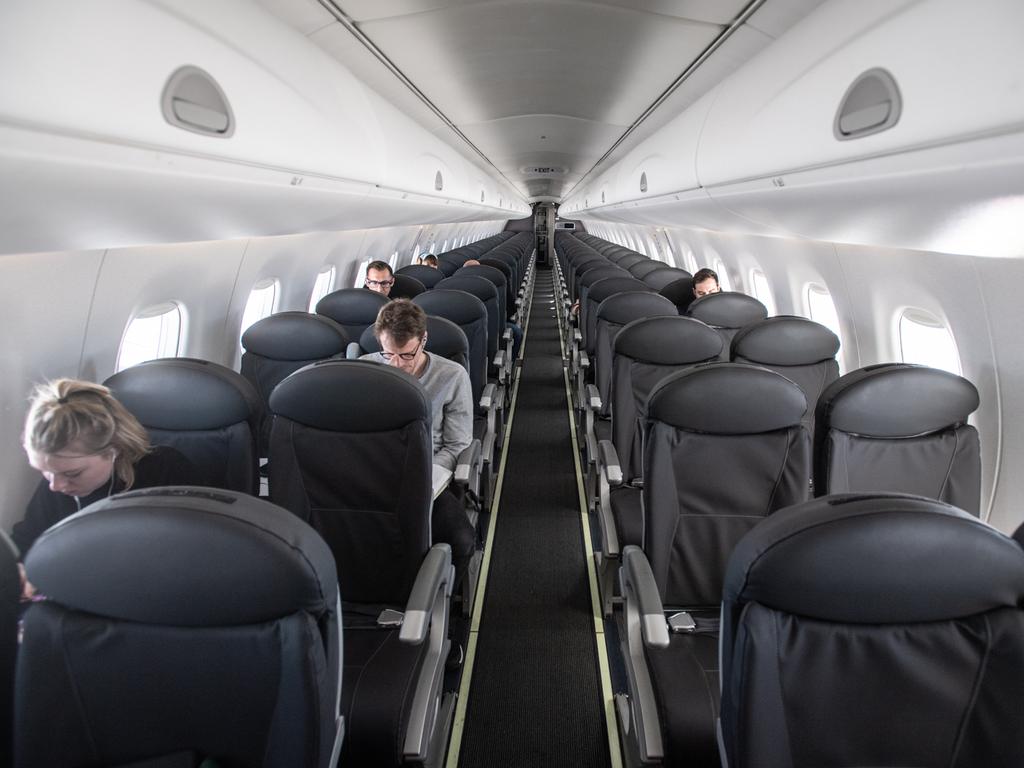

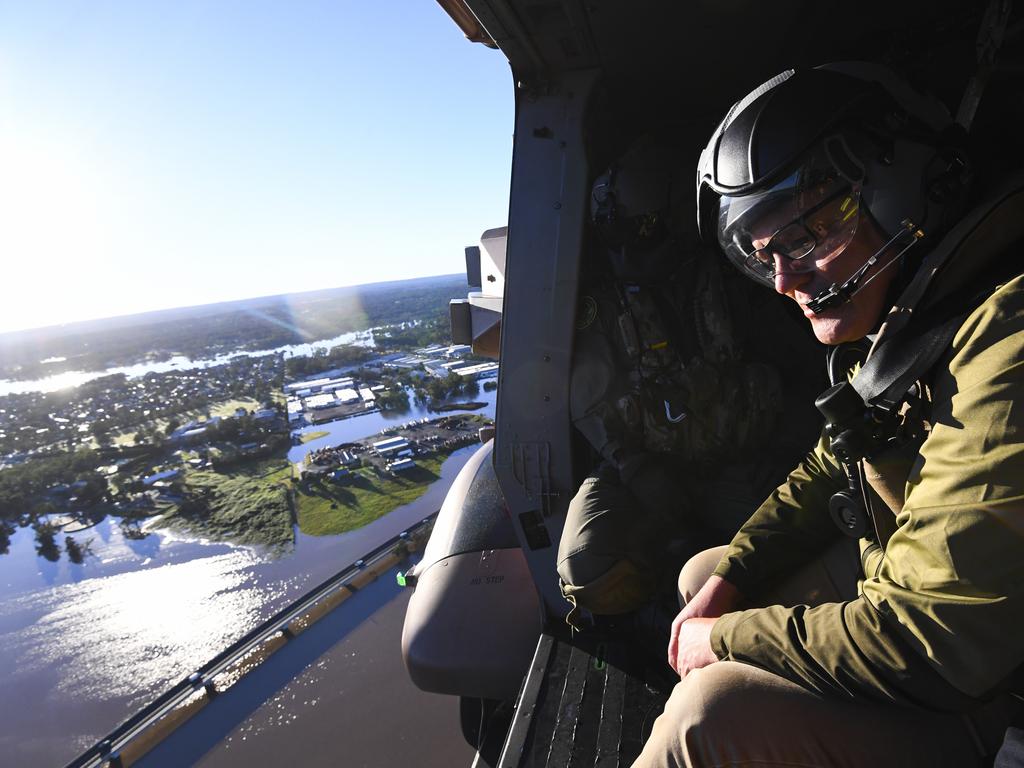


To join the conversation, please log in. Don't have an account? Register
Join the conversation, you are commenting as Logout